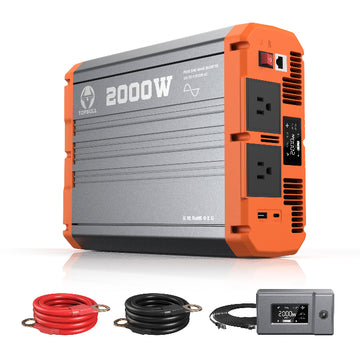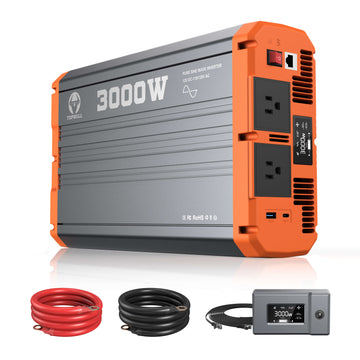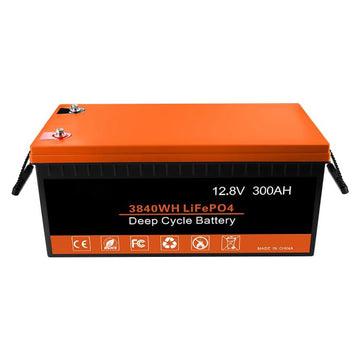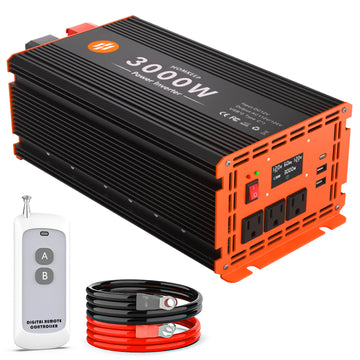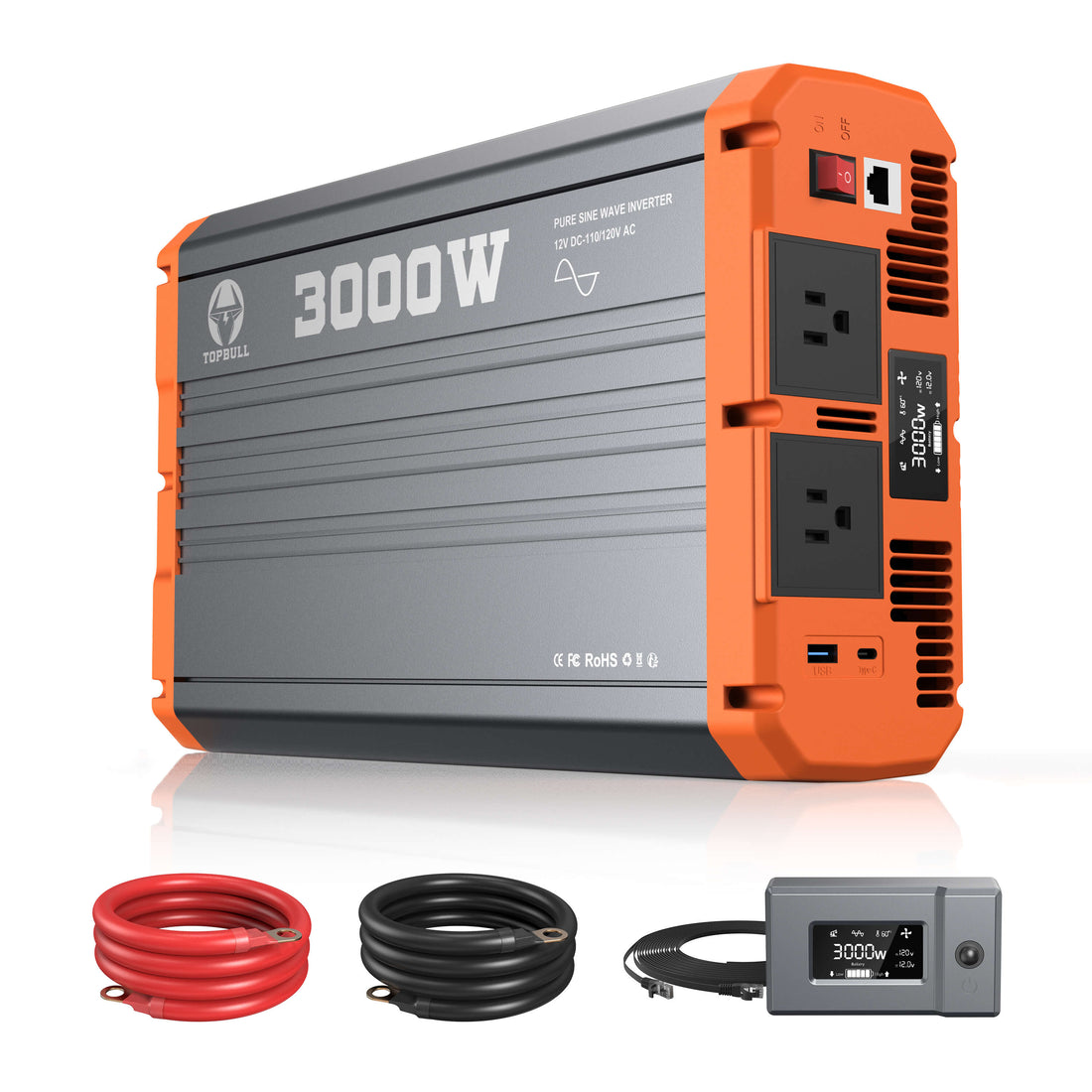Pure Sine Wave Inverters
Pure sine wave inverter, the best elite choice for power conversion. Its pure sine wave output can provide stable and pure power support for equipment, suitable for various inductive, capacitive and resistive loads (e.g. refrigerators, microwave ovens, coffee makers, lamps). Efficient conversion protects the equipment and prolongs its service life.
TOPBULL inverter adopts first-class pure sine wave technology to provide customers with high-quality and cost-effective 12V 1000W, 2000w, 2500w, 3000w, 4000w inverters, which are very suitable for RV, camping, outdoor, yacht, home emergency and other scenarios.
- Featured
- Best selling
- Alphabetically, A-Z
- Alphabetically, Z-A
- Price, low to high
- Price, high to low
- Date, old to new
- Date, new to old
Recently Viewed Products
FAQs about Pure Sine Wave Inverters
What is a pure sine wave inverter?
A pure sine wave inverter is a device that converts direct current (DC) into pure sine wave alternating current (AC). The output voltage waveform is the same as that of the utility power, and is suitable for driving various electrical appliances.
What is the difference between a pure sine wave inverter and a modified sine wave inverter?
A pure sine wave inverter outputs a smooth and continuous voltage waveform identical to that of the mains, while a modified sine wave inverter outputs a stepped waveform that may not be suitable for some sensitive equipment.Learn more about the difference between a pure sine wave inverter and a modified sine wave inverter.
What are the advantages of using pure sine wave inverters?
Suitable for all types of electrical appliances, especially those sensitive to waveforms, such as power tools, refrigerators, TVs, etc.
Improve the efficiency of the equipment and reduce the loss of the appliances.
Reduces heat generation of electrical appliances and prolongs service life.
Is it worth getting a pure sine wave inverter?
Buying a pure sine wave inverter is often worthwhile, especially if you need to power high-end electronic equipment or waveform-sensitive appliances, as it provides the same output waveform as the mains, reduces equipment damage and improves operational efficiency. Although it has a higher initial cost, it can improve value for money in the long term by reducing energy loss and extending the life of the equipment. If your operating environment matches the inverter's operating temperature range and you value the compatibility and performance of your equipment, then choosing a pure sine wave inverter can be a wise investment.
How efficient is a pure sine wave inverter?
The efficiency of a pure sine wave inverter is usually between 85% and 95%, depending on the brand and model.
How do I choose the right inverter?
There are several key elements to consider when choosing the right inverter: application (domestic, industrial, etc.), output power (needs to be greater than or equal to the total power of the equipment), output voltage matching, quality (e.g. sine wave inverters are better), efficiency (to minimize energy loss), safety features (protection against overloads, short-circuits, thermal overloads), as well as budget and cost-effectiveness. For more buying tips, we recommend reading the complete inverter buying guide.
Can the inverter be used with all electrical appliances?
Most appliances can be used with it, but some special equipment (such as some medical equipment) may have special requirements. It is recommended to consult the equipment manufacturer before use.
Is there any overload protection for pure sine wave inverters?
Most of the pure sine wave inverters are equipped with overload protection, when the load exceeds the rated value, it will automatically cut off the power to protect the inverter and the connected equipment.
What should I do if the output power of the inverter is insufficient?
If the inverter output power is insufficient, it may be due to:
- The load exceeds the rated power of the inverter.
- Insufficient input power voltage.
- The inverter is faulty. It is recommended to check the equipment and seek professional support if necessary.
How low a temperature can the inverter operate normally?
Most of the pure sine wave inverters work well under 0°C to 40°C, but the exact operating temperature range may vary depending on the device model, so it is recommended to refer to the product manual.

